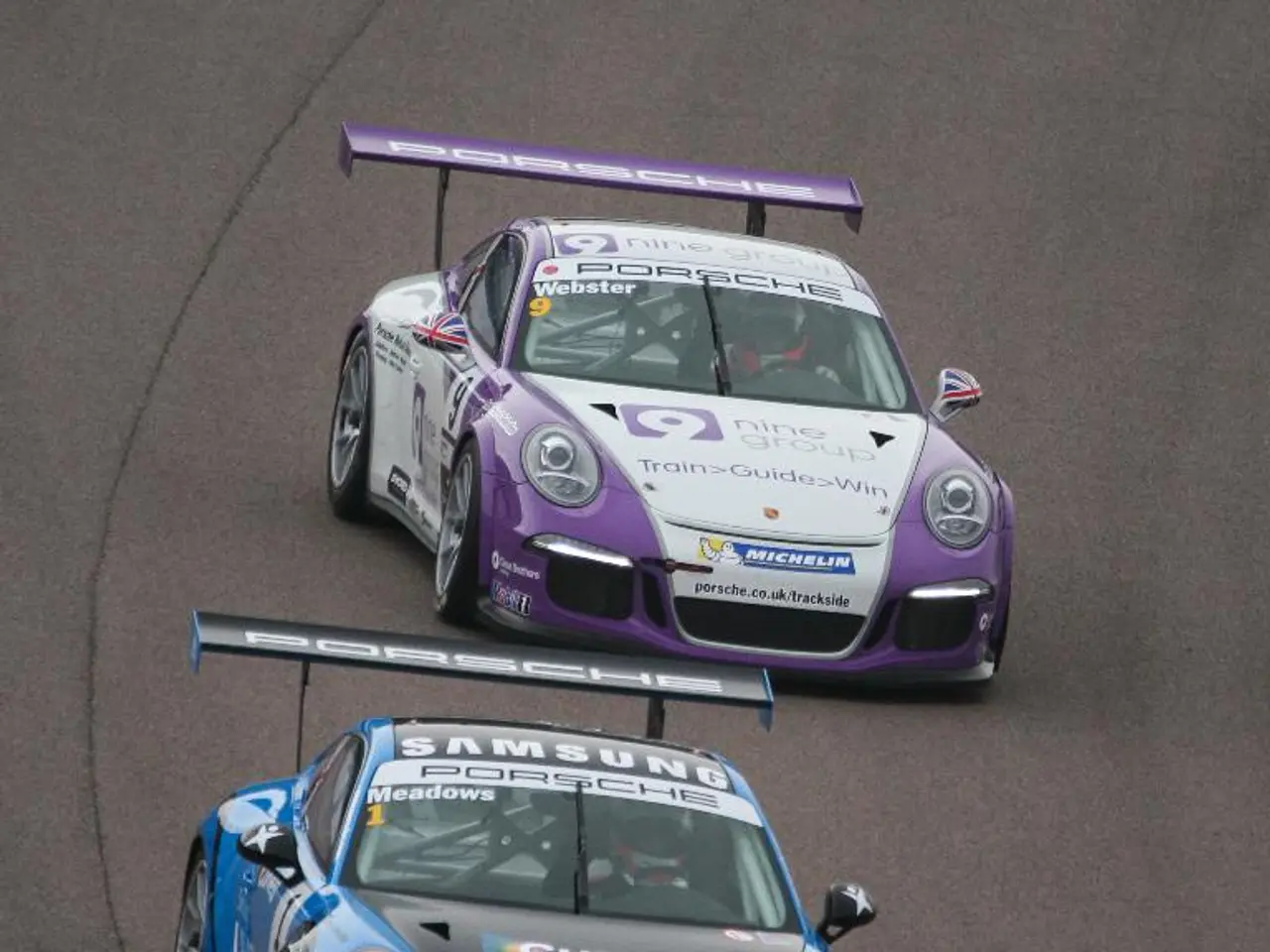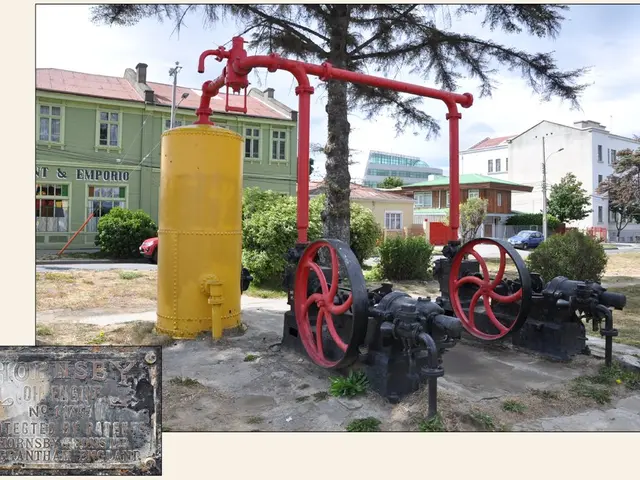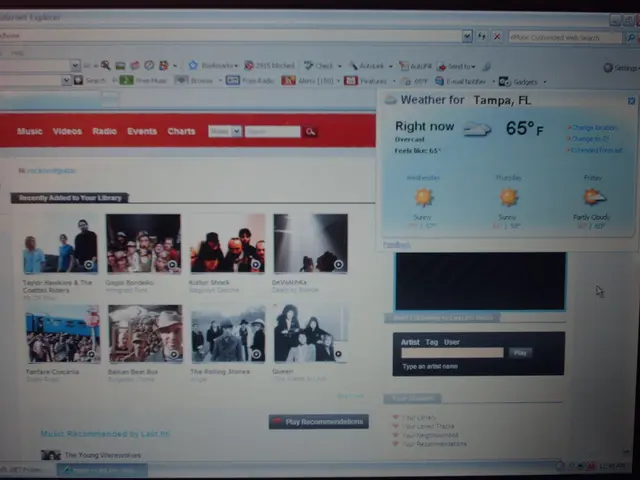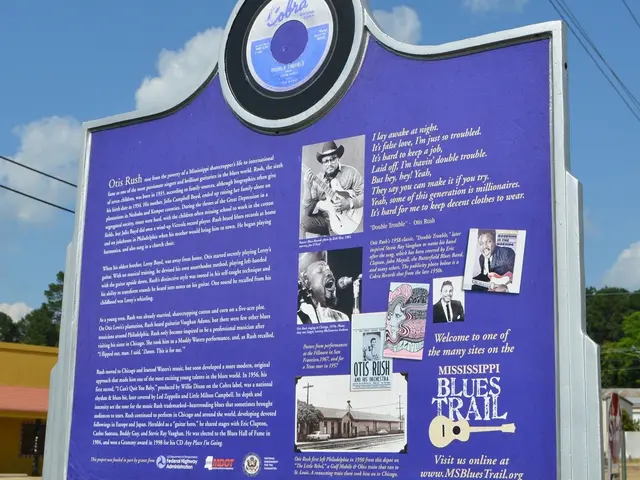Tesla Launches Partially Operational Robotaxi Service in San Francisco
Tesla's Robotaxi Service: A Tale of Two Cities
In a significant leap towards autonomous transportation, Tesla has launched its robotaxi service in two major cities - San Francisco, California, and Austin, Texas. However, the regulatory landscape in these cities varies greatly.
San Francisco: Strict Regulations and a Pilot Phase
In San Francisco, Tesla's robotaxi service is currently under a pilot phase. The California Public Utilities Commission (CPUC) requires Tesla to have a safety driver behind the wheel for testing and transporting members of the public. Despite the self-driving software being active, the service is not yet approved as a self-driving taxi service.
Tesla Model 3 and Model Y cars are now on the streets of San Francisco, but they are not operating as robotaxis due to the lack of a permit to accept fares from passengers. The CPUC has not specified a timeline for when Tesla might receive the necessary permit.
Tesla is inviting employees' friends and family, and select members of the public, to participate in the early stage of its robotaxi service. During this pilot phase, the CPUC requires Tesla to undertake operations that impose no charges on passengers before applying for full-autonomous permits.
Austin: More Permissive Regulations
In contrast, Tesla's robotaxi service in Austin operates under more permissive regulatory conditions. Tesla has been running its Robotaxis with no one physically sitting in the driver’s seat, taking advantage of Texas regulations that do not require permitting for such autonomous ride services until September 2025.
Model Y vehicles in Austin have "robotaxi" branding on the side, signifying Tesla's commitment to autonomous transportation in the city. However, it's important to note that this regulatory gap has allowed Tesla to pilot their fully autonomous Robotaxi rides more freely, but it does not mean that the service is operating without any oversight.
A Comparative Analysis
The regulations for Tesla's robotaxi service in San Francisco appear to be stricter than those in Austin, Texas. This difference in regulatory landscape has prevented Elon Musk from achieving a rapid robotaxi rollout compared to Texas.
Tesla is planning to get permits to launch its robotaxi service in multiple states, including California, Nevada, Arizona, and Florida. The company is in the process of seeking permits in California, which involves demonstrating a superior safety record compared to human drivers.
The San Francisco launch of Tesla's robotaxi service seems to be a strategic move by Tesla to maintain momentum in the autonomous-vehicle sector. The company's ambitious plans for autonomous transportation are clear, and it will be interesting to see how the regulatory landscape evolves to accommodate these advancements.
Sources:
- Tesla's Robotaxi service is operating in Austin without a driver
- California regulators warn Tesla against unauthorized Robotaxi operations
- Tesla's robotaxi service in San Francisco lacks permit to accept fares
- Tesla's robotaxi service in California requires a human safety driver
- In San Francisco, the California Public Utilities Commission (CPUC) requires Tesla to have a safety driver behind the wheel, restricting the actual operation of Tesla's robotaxi service, despite Tesla Model 3 and Model Y cars being on the streets.
- Conversely, in Austin, Texas, Tesla's robotaxi service operates more freely due to regulations that do not require permitting for such autonomous ride services until September 2025, with Model Y vehicles already bearing "robotaxi" branding.




